Faced with the need to restore herds to serve the 2026 Lunar New Year market in the context of the potential risk of disease, Gia Lai Newspaper, Radio and Television reporters had an interview with Mr. Huynh Ngoc Diep - Head of the Department of Animal Husbandry and Veterinary Medicine (Department of Agriculture and Environment) about this issue.
▪ Sir, the recent epidemic left serious consequences. What is the most important lesson in current epidemic prevention and control work?
- The biggest lesson is that livestock farms must proactively implement comprehensive biosecurity, from selecting breeds, food, drinking water, vaccination, cleaning and disinfecting barns, to controlling vehicles, people entering and exiting, and intermediate hosts such as flies, mosquitoes, cockroaches, dogs, and cats.
Farmers need to voluntarily report when an epidemic is detected so that the veterinary sector can promptly take samples, isolate the area, and control the spread of the disease. Along with that, it is necessary to strengthen propaganda and technical guidance to each household, raise awareness, and implement livestock declaration according to the Law on Animal Husbandry. This is the basis for effective herd management and sustainable development.
▪ The demand for pork during the 2026 Lunar New Year is expected to increase, but the disease is still latent. How should herd restoration be done safely, sir?
- Since the beginning of 2025, African swine fever has occurred in 34/34 provinces and cities; currently, 32/34 provinces have not gone 21 days without a new outbreak. In Gia Lai , the epidemic broke out in 22 communes, more than 1,100 pigs were destroyed. Although most communes have basically controlled the epidemic, the risk of recurrence is still very high.
We advise farmers to be cautious when restocking. In epidemic areas, the barns must be left empty for at least 30 days, then about 10% of the total herd should be tested.
If after 30 days the herd is healthy and tests negative, then the entire herd can be re-herded. In places without an epidemic, farmers still have to clean their barns thoroughly, import breeds from reputable, quarantined facilities, and fully vaccinate against swine fever, foot-and-mouth disease, and blue ear disease. The herd must be monitored regularly, and if there are any unusual signs, it is necessary to immediately report to the veterinary agency.
In addition, the principle of "all in, all out" should be applied, new flocks should be isolated for at least 21 days, separate tools should be used for each flock, density should be managed appropriately, and nutrition should be supplemented to increase resistance.
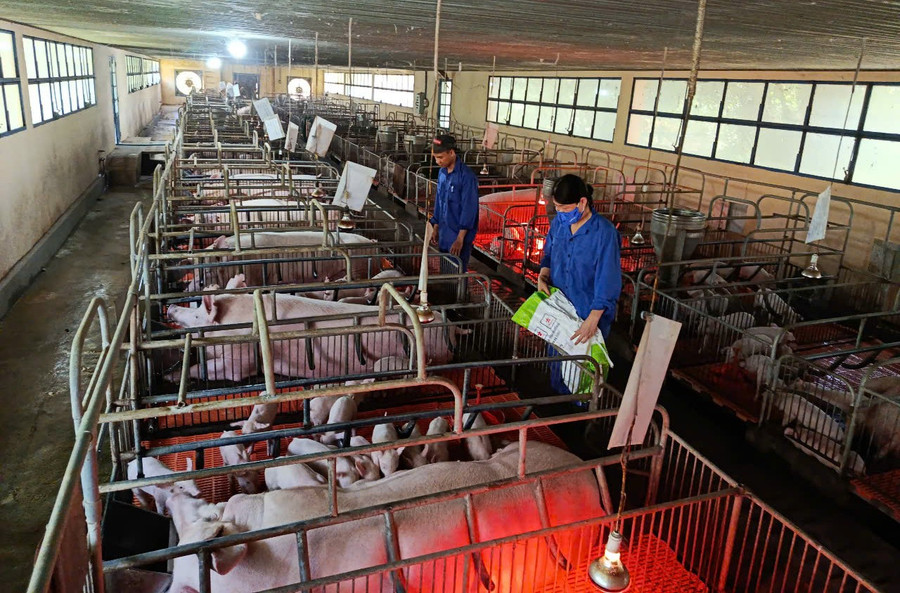
▪ Sir, what policies do the functional sectors and the province have to support people to restore production after the epidemic?
- We have advised the Department of Agriculture and Environment to submit to the Provincial People's Committee a proposal for support according to Decree No. 116/2025/ND-CP on overcoming damage caused by animal diseases. At the same time, we will guide localities to complete documents so that people can receive support when the Provincial People's Council passes the resolution.
The industry also promotes propaganda and training on disease prevention techniques and biosafety-based herd management, helping people feel secure in long-term production.
▪ To achieve the goal of sustainable livestock development, what key solutions does the province need, sir?
- The province focuses on developing three key livestock: cows, pigs, and chickens, aiming to increase output associated with food safety and environmental protection. Encourage high-tech, environmentally friendly livestock farming, linking the value chain from production to consumption.
A new direction is to develop small-scale organic feed processing models for households and medium-sized farms, especially with local pigs and free-range chickens. At the same time, promote the application of waste treatment technology to produce organic fertilizers, promoting circular agriculture.
Disease surveillance has been strengthened, from building epidemiological maps to controlling antibiotics, fully vaccinating, and forming disease-free zones. In addition, the province has developed a series of typical products such as An Lao black pigs, Hoai An pigs, herbal chickens, hill chickens, etc. to create brands and increase the value of the livestock industry.
▪ With small-scale farming still common, what should people pay attention to in order to limit the risk of disease, especially during peak season?
- Small-scale livestock farming poses risks if not well controlled. Farmers need to arrange livestock areas separate from their living areas, with fences and multi-layered nets. Breeding animals must be purchased from reputable establishments; barns must be cleaned and disinfected regularly, and access by strangers must be restricted.
Food must be of good quality, and leftovers must be cooked. It is necessary to apply the “all in, all out” model, isolate new herds, vaccinate fully, and closely monitor the herd’s condition. When animals show unusual signs such as fever, loss of appetite, or diarrhea, they must be isolated immediately and reported to the veterinarian.
Small changes in awareness and daily actions will help farmers, especially pig farmers, not only overcome epidemics but also move towards sustainable, modern and effective livestock farming.
▪ Thank you!
Source: https://baogialai.com.vn/giu-nhip-tai-dan-heo-gan-voi-kiem-soat-dich-benh-post568057.html







![[Photo] Prime Minister Pham Minh Chinh chairs a meeting of the Government Standing Committee to remove obstacles for projects.](https://vphoto.vietnam.vn/thumb/1200x675/vietnam/resource/IMAGE/2025/10/06/1759768638313_dsc-9023-jpg.webp)
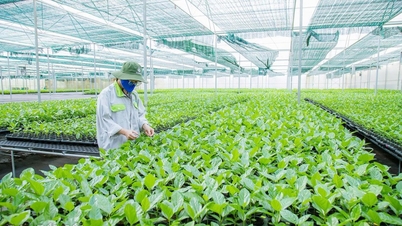














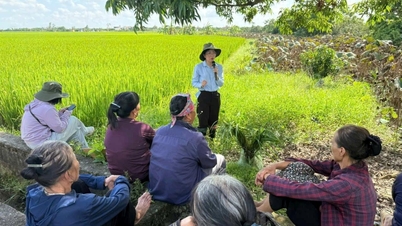

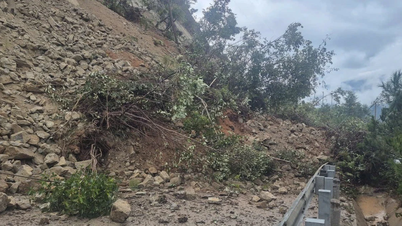









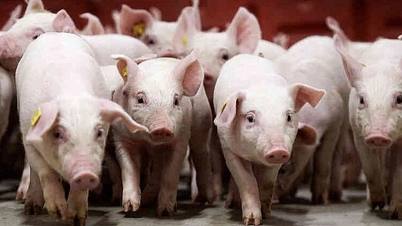

































































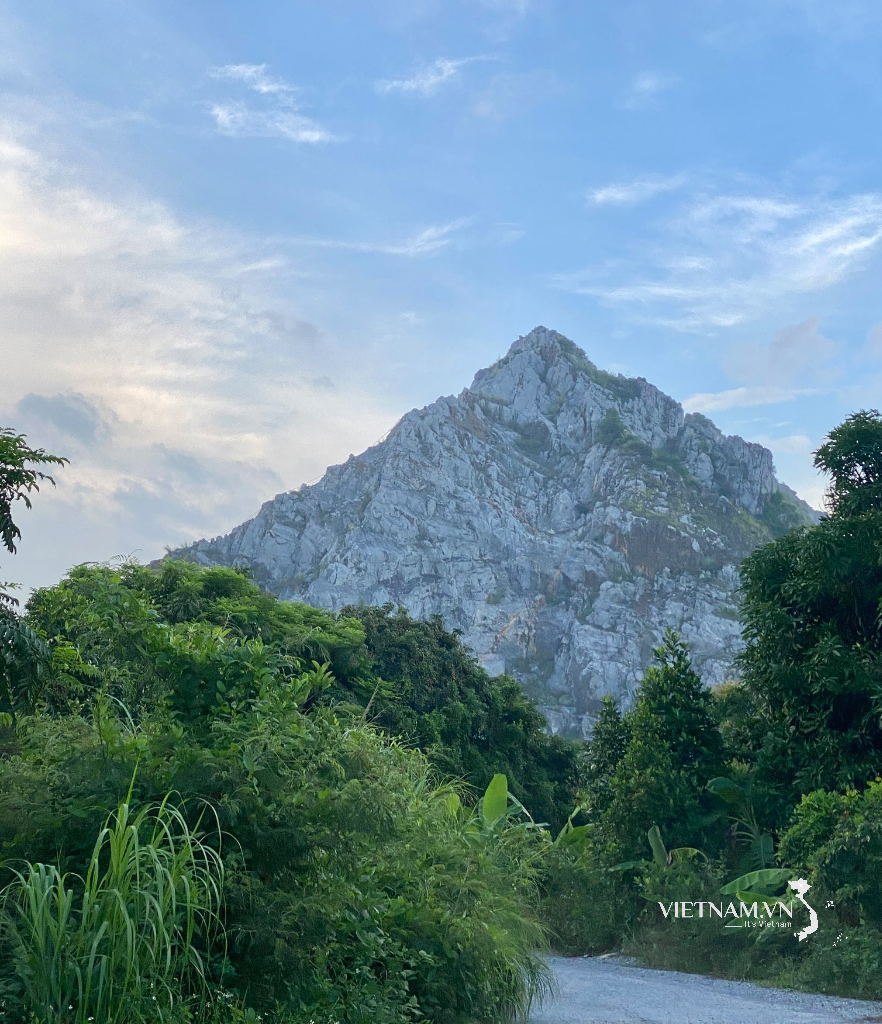



Comment (0)